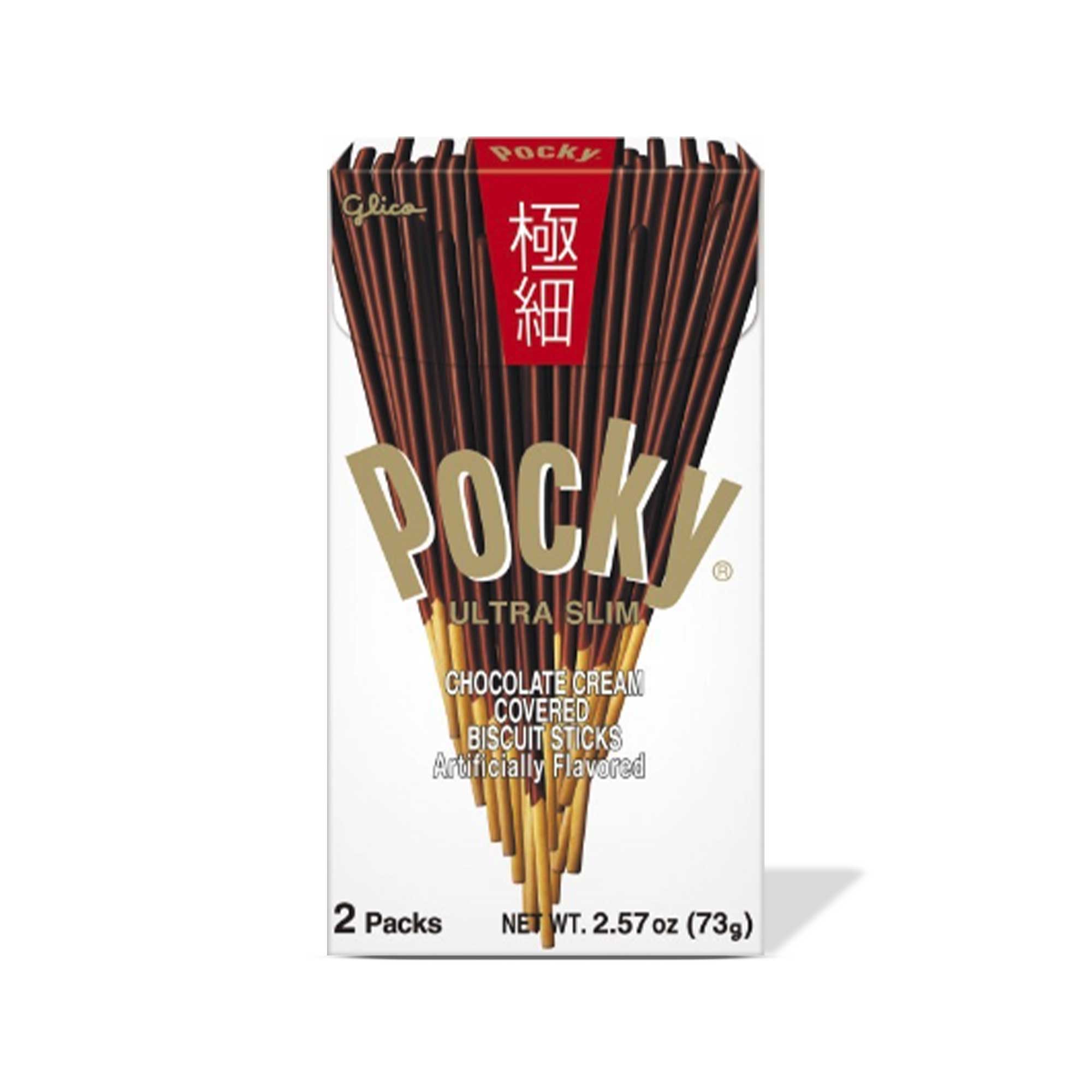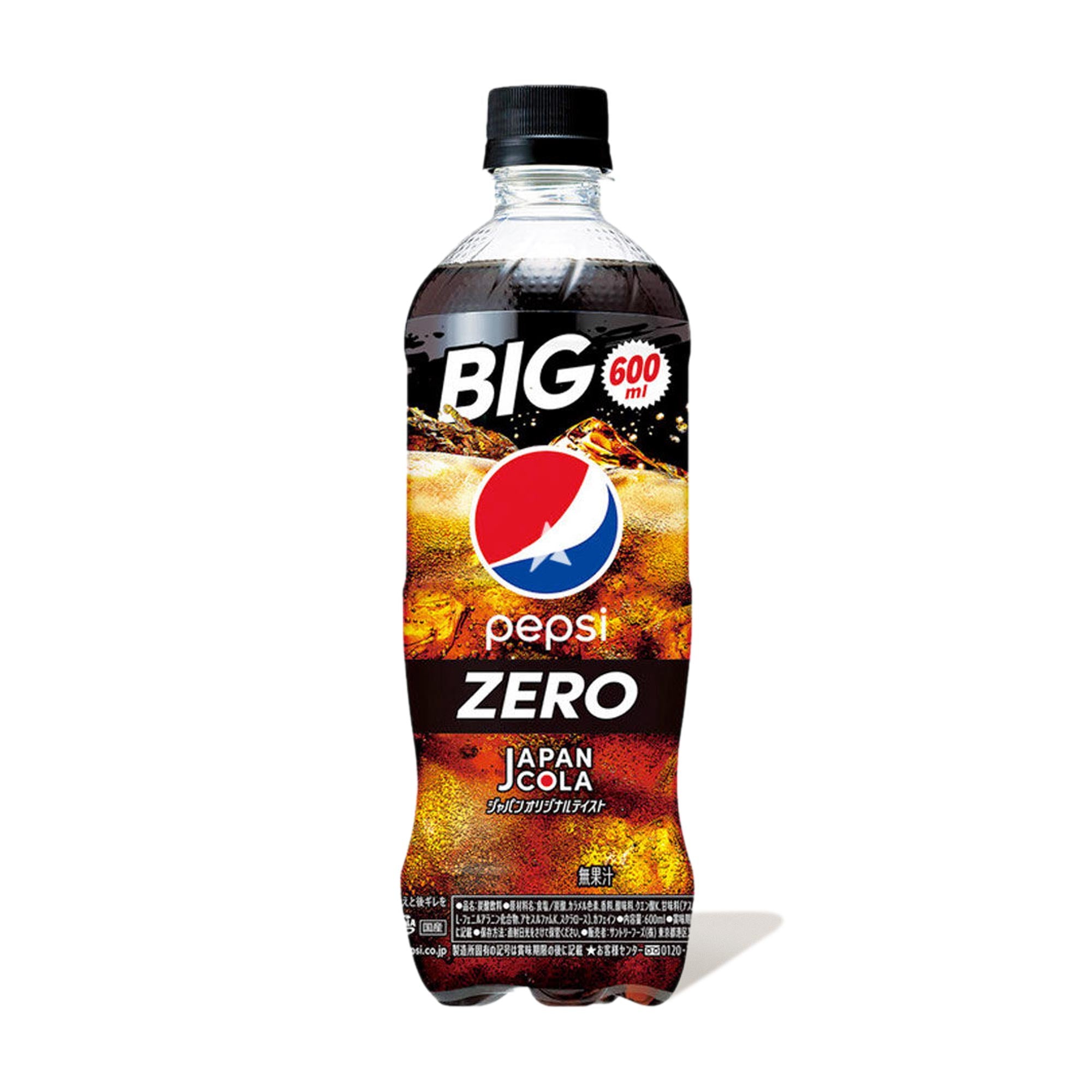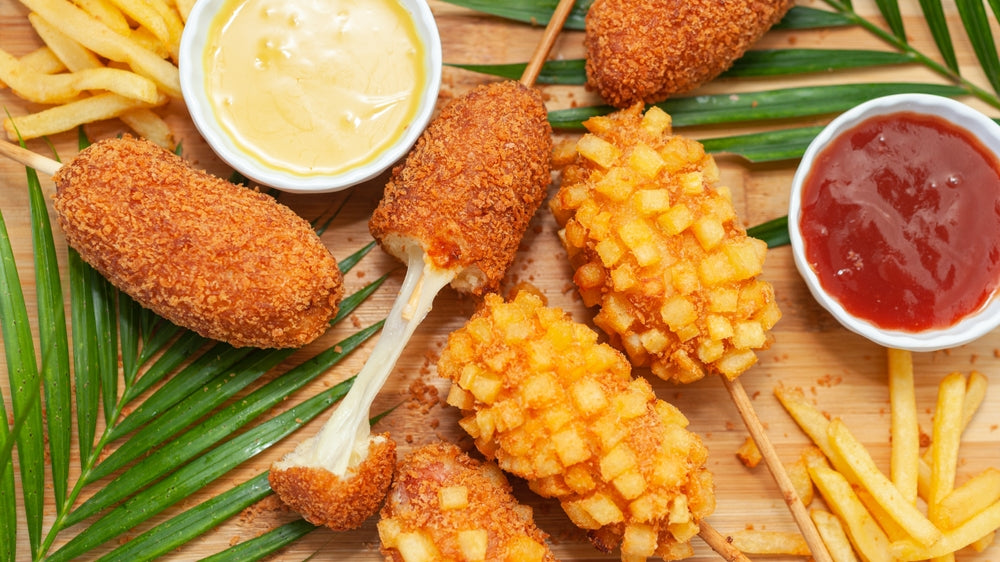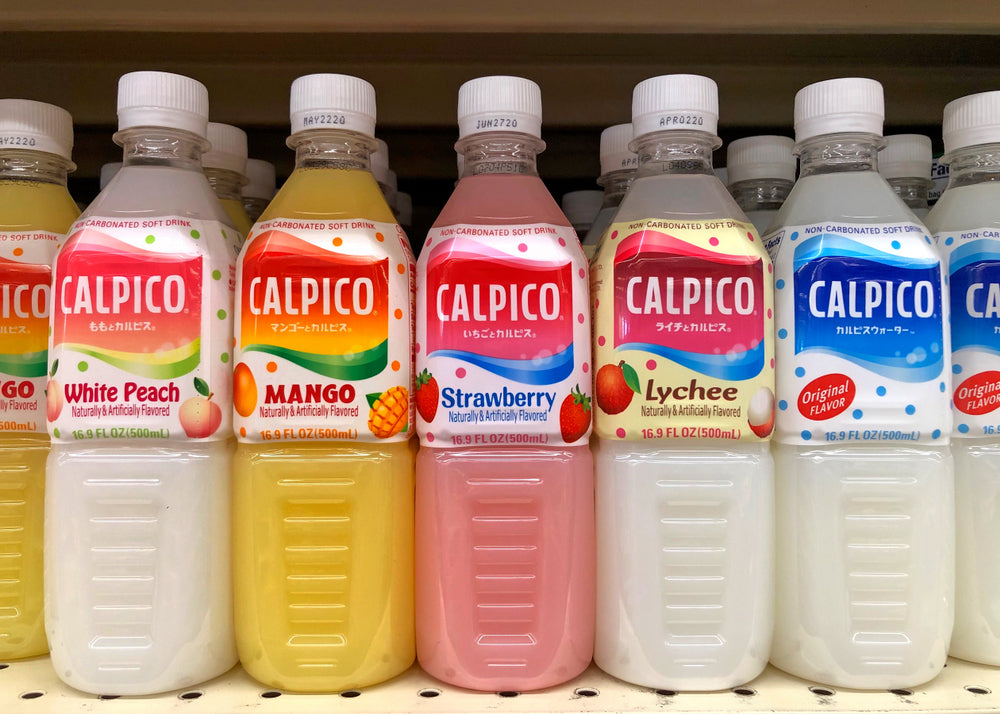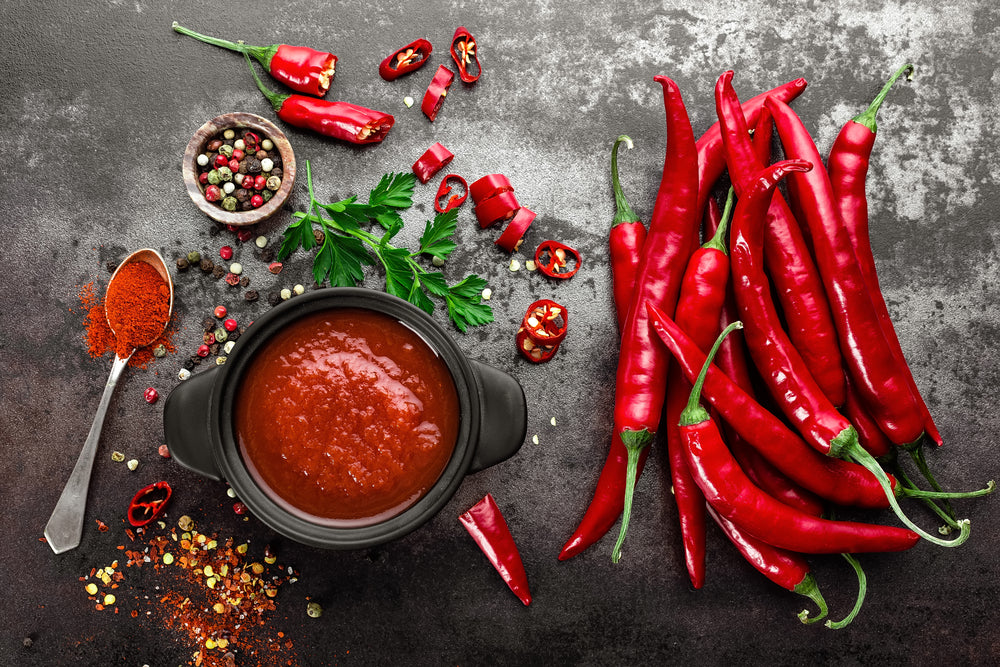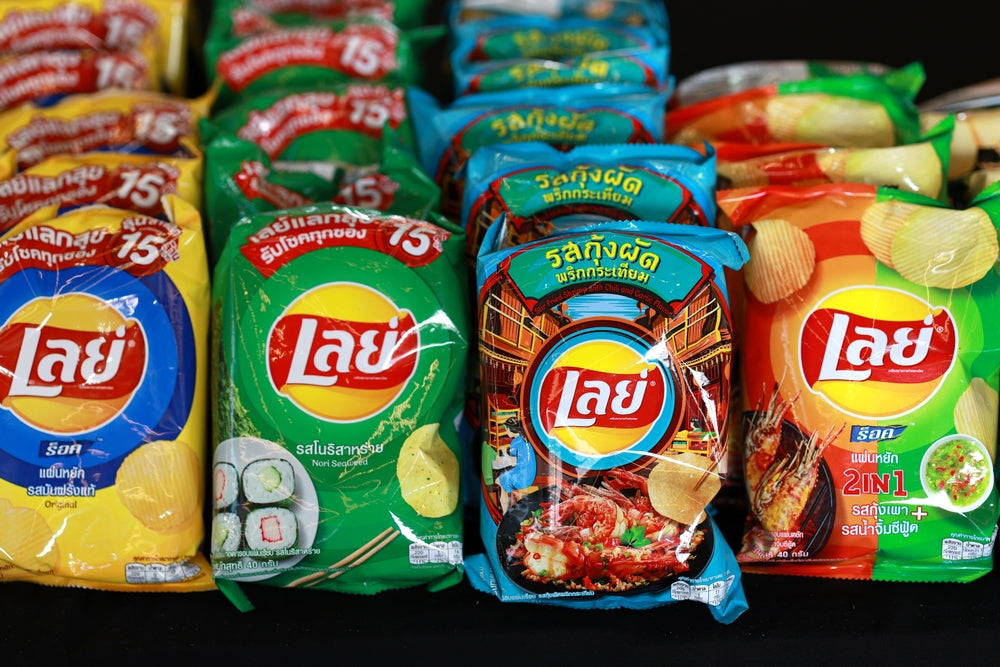How To Make Soba Noodle Soup
What is Soba?
Everyone knows ramen and most people know udon, but soba isn’t a type of noodle that all people are familiar with. Soba came to Japan via China around 2000 years ago. In Japan, soba is a traditional dish that is eaten on New Year’s Eve (toshikoshi soba). Soba is also a Japanese grocery staple that is enjoyed year-round by many due to its one-of-a-kind flavor and texture.

Soba noodles are light brown in color and have a somewhat nutty flavor and chewy texture. Soba’s unique taste comes from the fact that it is made from buckwheat rather than wheat. Buckwheat comes from a flowering plant that is related to rhubarb while wheat comes from a cereal that is considered a grass. Soba is a good source of fiber, calcium, protein, carbs, and other nutrients. Best yet, soba is gluten free, so it can be enjoyed by those who don’t tolerate wheat.
How is Soba Prepared?
Soba can be eaten hot in a soup like ramen. Due to its more distinctive taste, there are usually fewer ingredients placed on top of soba noodles compared to ramen or udon. Just a few pieces of crispy tempura pieces, slices of fish cake, a smattering of scallions, and a deep dashi broth is enough to make a delicious hot noodle dish.
Soba noodles are also eaten cold with a dipping sauce. On a hot day, cold soba is one of the go-to dishes for Japanese people. Trust us, nothing satisfies more on a hot day than cold Japanese noodles. It is usually presented on a simple woven bamboo tray with a few garnishes and the all-important sauce.

How to Make Hot Soba Noodles
The simplest version of hot soba noodles is so straight forward that even “nonseasoned” chefs can’t mess it up! You just need two main ingredients: uncooked soba noodles and dashi broth. These Organic Soba Noodles are both delicious good for you, with more protein than is found in other brands. Ajinomoto Hondashi Soup Stock comes in a powder that contains bonito, dried skipjack tuna fish, all of which combine to create a tasty umami broth. Prepare the noodles as directed and add them to the soup stock powder. Some people add toppings such as green onion. Negi Nori Dried Scallion & Seaweed Flakes are a nice combination of flavors to dress up your bowl of soba noodles. You can also sprinkle Katsuobushi Bonito Flakes on the top to add some umami and a light fishy crunch.
The fancier version of hot soba noodles starts with making your own dashi broth. A shortcut is this Traditional Umami Dashi, which has all the elements you need for a well-rounded and rich broth, including bonito, kombu (dried kelp), and soy sauce powder. You can take your noodles up a notch and try these Organic Cha Soba Green Tea Noodles. The green tea is a great way to elevate your dish with its subtle but distinctive flavor. After cooking the noodles as directed, you add them to the dashi and top with a variety of garnishes, such as slices of kamaboko fish cake. If you want to impress the guests, you can add tempura vegetables or shrimp. This Gluten-Free Tempura Batter Mix, made from rice and corn flour, yields a light yet crispy coating for whatever delectable you fry up.
How to Make Cold Soba Noodles
Cold soba, called zaru soba in Japanese, is an extremely easy dish to make! Next to the obvious star of the dish, soba noodles, the supporting role is played by the dipping sauce. It is made with soy sauce, mirin rice wine, and dashi. Small but important roles are played by grated daikon radish, a bit of wasabi, and chopped green onions. Here is a shopping list to get you started on your simple, show-stopping summer meal: Organic Soba Noodles, S&B Prepared Wasabi (Tube), Kikkoman Manjo Aji-Mirin Cooking Wine, Traditional Umami Dashi, and Kikkoman Organic Soy Sauce. You can buy all of these Japanese groceries from Bokksu, an online Asian grocery store.
Order Now and Start Cooking!
Whether you go with the hot or cold version or the simple or fancy recipe, you’re guaranteed to enjoy your satisfying soba noodles. Order groceries online from Bokksu, your one-stop Asian grocery market, and start cooking!
By Megan Taylor Stephens
Author Bio


